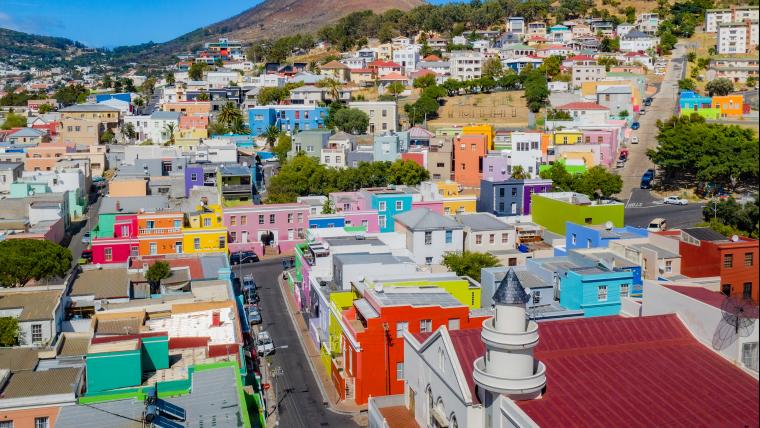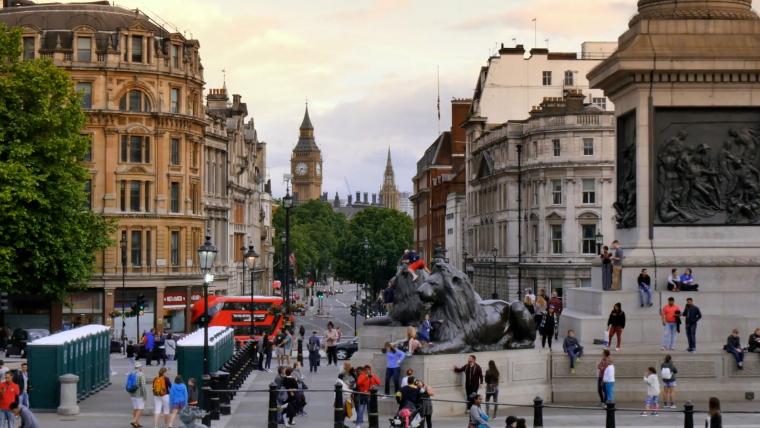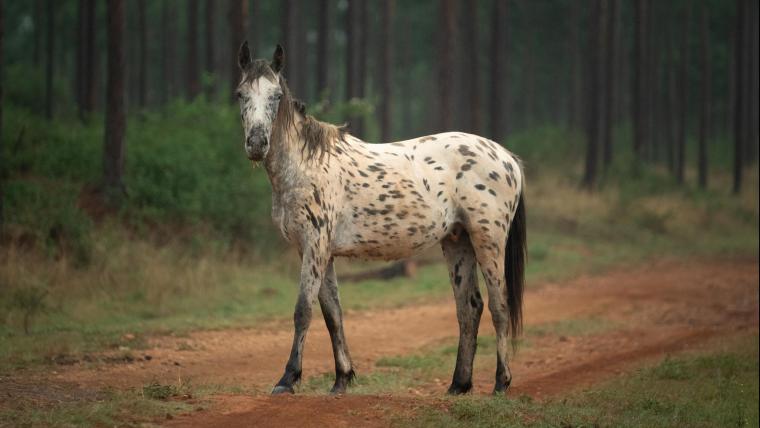
Exploring the mosaic of heritage in Cape Town’s oldest neighbourhood
A melodious voice resonates through the Bo-Kaap. People dressed in flowing robes greet each other while making their way along cobbled roads to the Auwal Masjid. South Africa’s oldest mosque stands tall between the Cape Town city centre and Signal Hill. Just a few blocks away from the neon lights of Long Street, the azaan or Islamic call to prayer sounds five times a day. Religion is the defining feature of this neighbourhood’s identity. But it’s the sumptuous meals, welcoming spirit of the community, and brightly-coloured houses that draw people from every corner of the world.
Established in the 1700s, the Malay Quarter was Cape Town’s first suburb and home to labourers who came from the region we now know as Indonesia. Though they were stripped of their names and histories on arrival, their talents live on through their descendants. At Rocksole Shoe and Bag Repair, a family of cobblers retain the expertise of the district’s original inhabitants.
When South Africans attained freedom from apartheid in 1994, residents conveyed their joy by painting their homes in vivid hues. Of these, the oldest and most famous is 71 Wale Street, which is now the Bo-Kaap Museum. The expressive nature of the community extends far beyond these buildings. On 2 January every year, locals celebrate a tradition since the days of slavery with pomp and glitter at the Kaapse Klopse minstrel parade.
Even at the dinner table, their joyful spirit emerges in the form of lovingly-prepared meals. Bobotie and bredie are two traditional Cape Malay dishes, both sweet and savoury. Sample local cuisine at Bo-Kaap Kombuis, or grab a recipe book from renowned spice shop, Atlas Trading Company. After discovering the heat that gives Mother-in-law Masala its name, learn how to use these ingredients with a cooking class by Gamidah Jacobs at Lekka Kombuis. As a result of the early Dutch influence, sweet confections like koesisters are also well-loved. Rose Corner Café always has the syrupy dumplings available, but the freshest koesisters are prepared by residents and sold from their homes on Sunday mornings. But get there early – they’re fried after the pre-dawn prayer and usually sold out by 10am.
Adding to the Bo-Kaap’s allure is its prime position – situated close to the V&A Waterfront with views of Table Mountain. As a result, recent property developments have driven up the rates, posing a threat to this humble community. But generations of residents continue to take pride in their land, welcoming visitors and keeping their traditions going strong. Strolling through these streets, you’re guaranteed to find neighbours chatting, kids playing outside, maybe even a musician singing a liedjie on their stoep. Look beyond the beautifully-painted homes and see the love within them. This is the pride of the Bo-Kaap.






























Please sign in to leave a comment